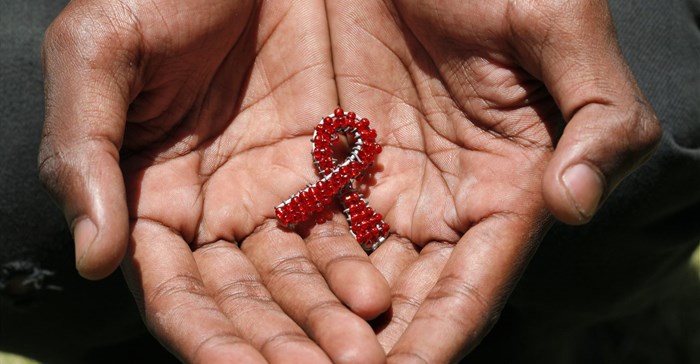While South Africa has made great strides in scaling up HIV testing and increasing HIV suppression in patients receiving antiretroviral treatment (ART), the country is still struggling to reach ART coverage targets and is falling short of HIV prevention goals, a new study shows.

Image source: Getty/Gallo
Dr Leigh Johnson, UCT epidemiologist, actuary and lead developer of the Thembisa model identified two factors that were hampering progress towards the HIV incidence reduction target. “Firstly, ART coverage is lower in South Africa than in other southern African countries, and we need to do better in linking HIV-diagnosed individuals to care and retaining them in care. Secondly, there is increasingly strong evidence of reductions in condom use, relative to the levels we would expect in the context of high levels of HIV diagnosis.”
The study is based on a mathematical model that has been developed by South African actuaries. The model is calibrated to the latest HIV survey data, mortality data and HIV data from health services, as supplied by the Department of Health.
Adolescent girls and young women (ages 15-24) account for 31% of all sexually-acquired HIV, and are a group that requires special attention.
The model, Thembisa, was first published in 2014, and is updated at regular intervals. The latest version, Thembisa 4.2 has a number of new data sources that were not included in previous versions, such as the HIV prevalence data from the 2016 Demographic and Health Survey, and recorded numbers of deaths in children.
Some success stories
Although overall rates of incidence decline have been slow, there have been some success stories. KwaZulu-Natal, the province with the most severe HIV epidemic, has succeeded in reducing its total annual number of new infections by 49% over the period from 2010-11 to 2017-18. Thembisa also estimates that the annual number of new infections in children declined from 29 000 in 2010-11 to 13 000 in 2017-18, a reduction of 55%.
There have also been substantial declines in Aids mortality. The annual number of Aids deaths in South Africa has declined from 161,000 in 2010-11 to 80,000 in 2017-18, a decline of 50%. Although women have a higher HIV prevalence than men, men are increasingly bearing the brunt of Aids mortality. For example, over the 2017-18 period, women accounted for 62% of new HIV infections in adults, but men accounted for 52% of adult Aids deaths. This difference is in part because of differences in uptake of HIV testing and treatment. In 2018, Thembisa estimates that the fraction of HIV-positive adults who were on ART was 58% in men compared to 64% in women.
Slow progress
Even though South Africa has been making progress in reducing HIV incidence, there is concern that the progress may be too slow. Over the period from mid-2017 to mid-2018, Thembisa estimates there were 249,000 new HIV infections in South Africa – a 36% reduction on the 388,000 new infections that occurred between mid-2010 and mid-2011. However, the UNAIDS target is to achieve a 75% reduction in the annual number of new infections between 2010 and 2020. To meet this target, South Africa would need to reduce its annual number of new infections to less than 100,000 within the next year, which appears unlikely given the slow pace of decline to date.
Overall, the Thembisa model estimates that in 2018 there were 7.39-million South Africans living with HIV – equivalent to 12.9% of the population. Of these, it is estimated that 90.5% knew they were HIV-positive, 68.4% of those diagnosed were on ART, and 88.4% of those treated had a viral load of less than 1000 RNA copies/ml (the UNAIDS definition of viral suppression). The UNAIDS target is to get 90% of HIV-positive individuals diagnosed by 2020, with 90% of those diagnosed HIV-positive on ART and 90% of ART patients virally suppressed. South Africa is therefore performing well with respect to the first and third targets (knowledge of HIV status and viral suppression respectively) but is still a long way from reaching the second target (ART coverage).
There have also been substantial declines in Aids mortality. The annual number of Aids deaths in South Africa has declined from 161,000 in 2010-11 to 80,000 in 2017-18, a decline of 50%. Although women have a higher HIV prevalence than men, men are increasingly bearing the brunt of Aids mortality. For example, over the 2017-18 period, women accounted for 62% of new HIV infections in adults, but men accounted for 52% of adult Aids deaths. This difference is in part because of differences in uptake of HIV testing and treatment. In 2018, Thembisa estimates that the fraction of HIV-positive adults who were on ART was 58% in men compared to 64% in women.










































